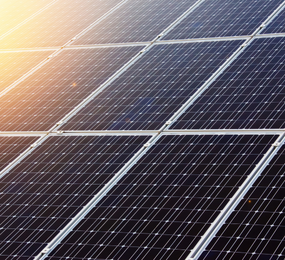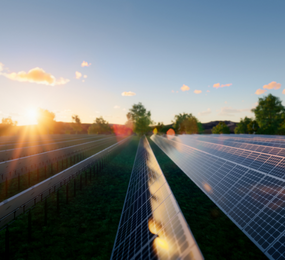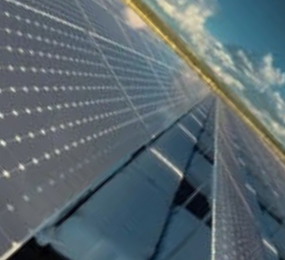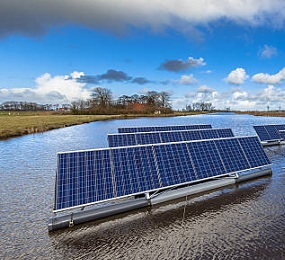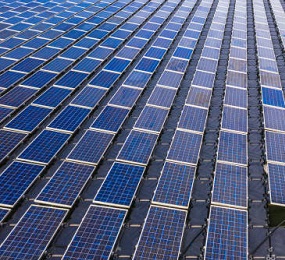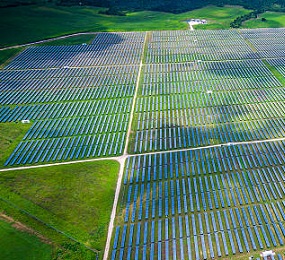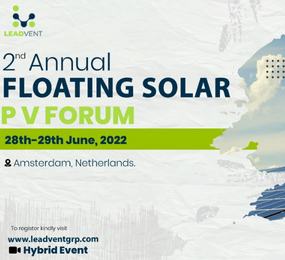Floating solar installations play a pivotal role in disaster recovery and resilience, offering reliable and sustainable energy solutions to communities affected by natural disasters. In the aftermath of calamities such as hurricanes, floods, and earthquakes, access to electricity is often disrupted, exacerbating the challenges faced by affected populations. Floating solar emerges as a resilient and adaptable solution, providing essential energy services to support recovery efforts and enhance community resilience in disaster-prone areas.
In disaster-stricken areas, floating solar installations offer immediate access to electricity, providing power for emergency response operations, communication networks, and critical infrastructure such as hospitals and shelters. By generating renewable energy onsite, floating solar installations reduce reliance on grid-connected power sources that may be compromised or unavailable in disaster situations, ensuring uninterrupted access to electricity when it is needed most.
Beyond immediate relief efforts, floating solar contributes to long-term resilience by providing a reliable and sustainable energy source for disaster-prone communities. By diversifying the energy mix and incorporating renewable energy technologies, communities can reduce vulnerability to future disasters, mitigate climate-related risks, and enhance overall resilience. Floating solar installations serve as a resilient infrastructure asset, capable of withstanding extreme weather events and continuing to generate electricity even in challenging conditions.
In addition to providing energy resilience, floating solar installations promote environmental sustainability, aligning with principles of eco-friendly disaster recovery and reconstruction. Unlike conventional fossil fuel-based generators, floating solar generates electricity without emitting greenhouse gases or air pollutants, minimizing environmental impact and supporting climate adaptation efforts. By integrating renewable energy solutions into disaster recovery plans, communities can reduce carbon emissions, protect natural resources, and build more sustainable and resilient societies.
Floating solar installations empower disaster-affected communities to take charge of their own recovery and resilience efforts. By providing access to renewable energy resources, communities can regain control over their energy supply, reduce dependency on external assistance, and accelerate recovery processes. Moreover, by involving local stakeholders in the planning, implementation, and management of floating solar projects, communities can build social cohesion, foster economic recovery, and promote sustainable development in the aftermath of disasters.
Floating solar plays a vital role in disaster recovery and resilience, offering immediate energy access, long-term sustainability, and community empowerment in disaster-prone areas. By harnessing the power of the sun to generate clean and renewable electricity, floating solar installations provide a resilient and adaptable energy solution that strengthens communities, mitigates risks, and promotes sustainable development in the face of adversity. As the frequency and intensity of natural disasters continue to rise, the importance of floating solar in building resilience and supporting disaster recovery efforts cannot be overstated.
To register or learn more about the Forum please check here: https://bit.ly/46Vw6nm
For more information and group participation, contact us: [email protected]


